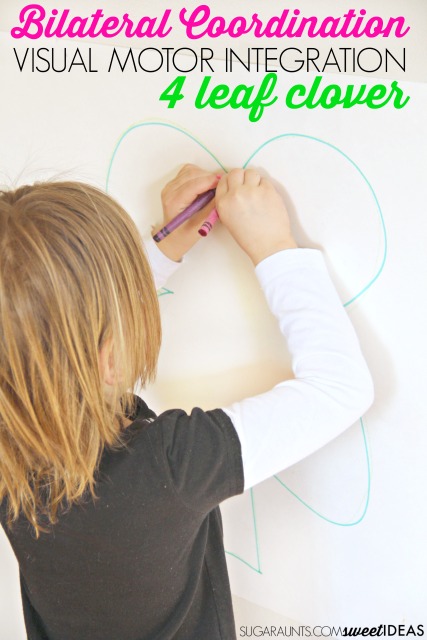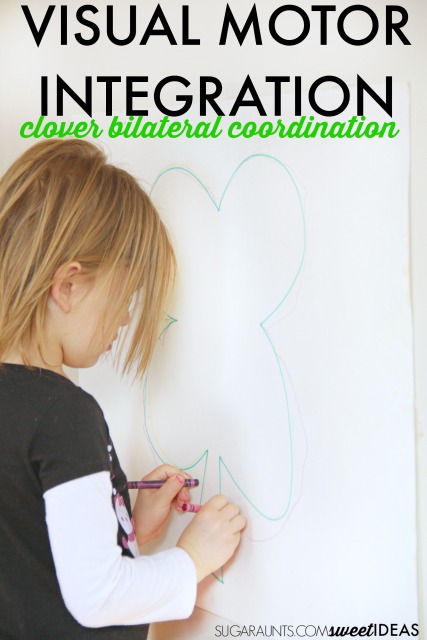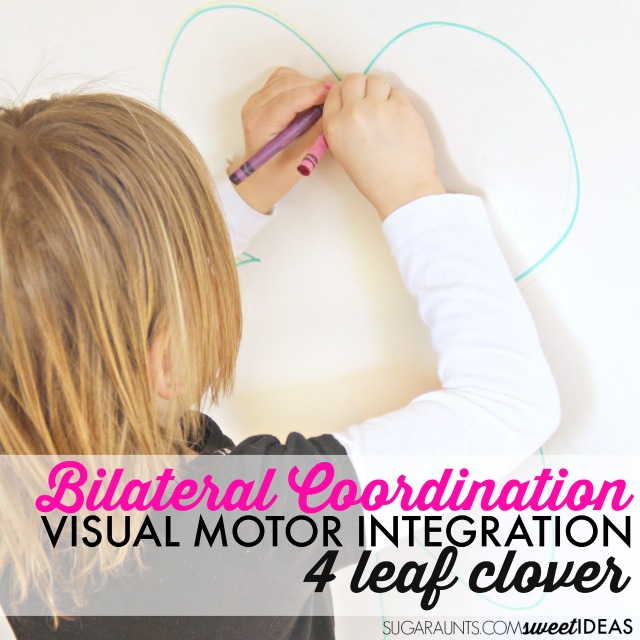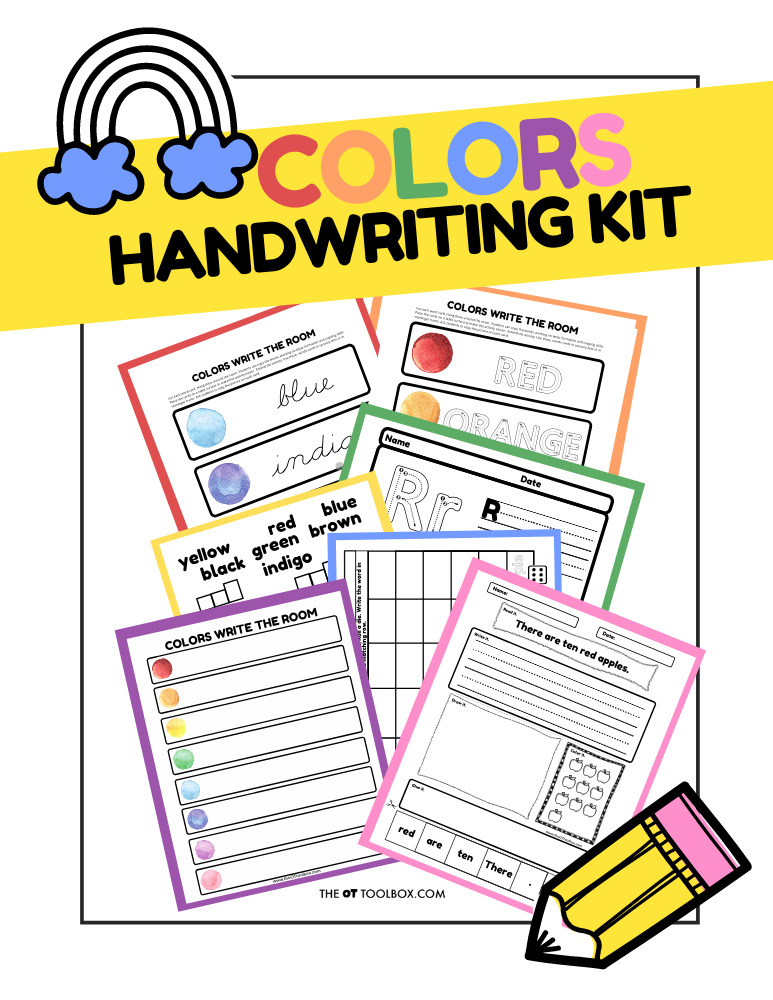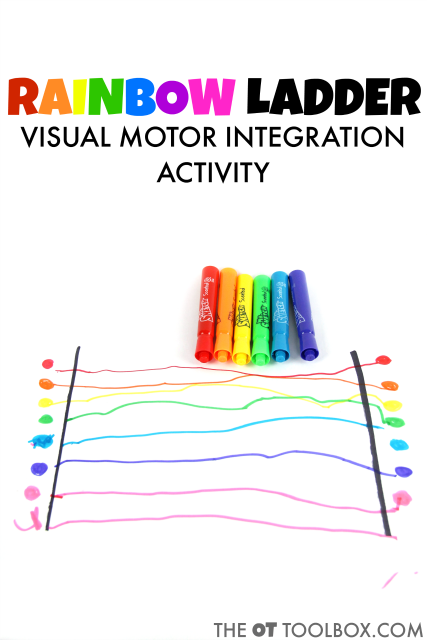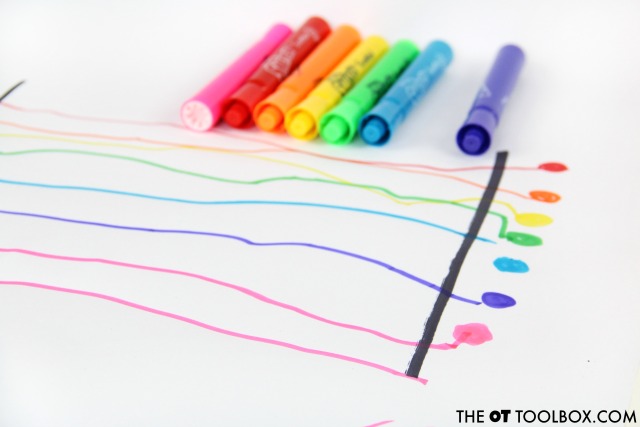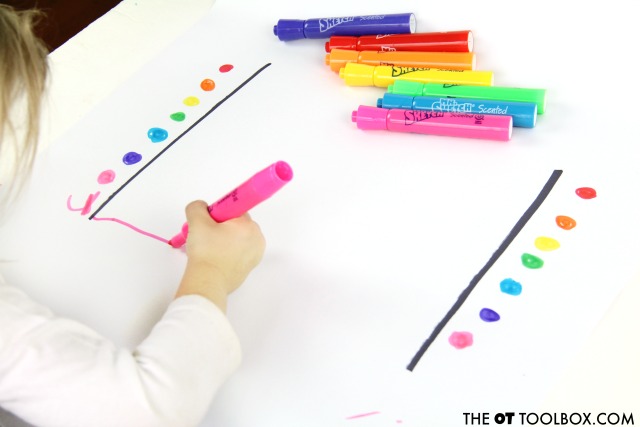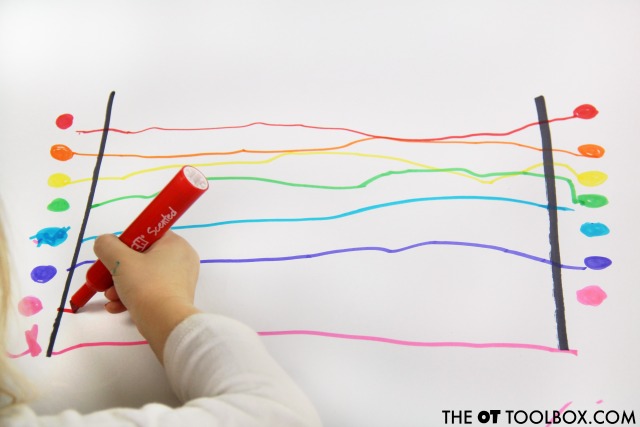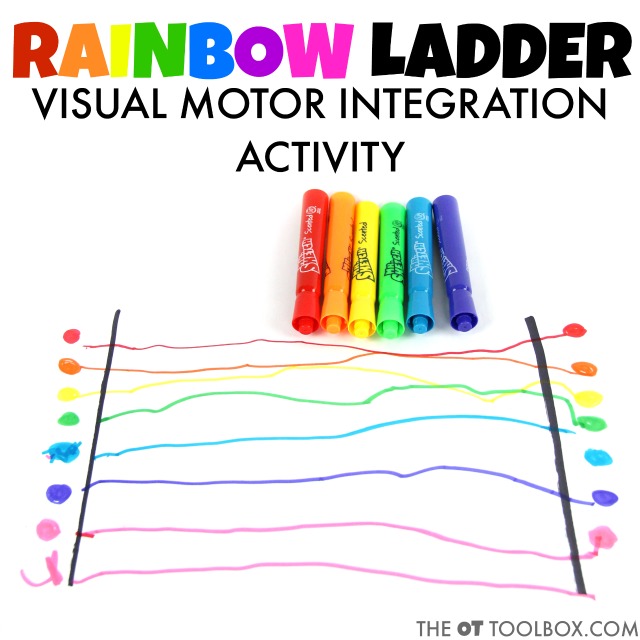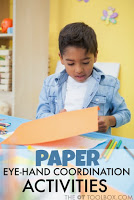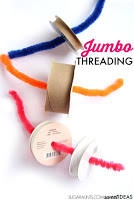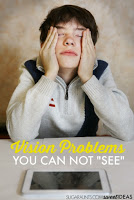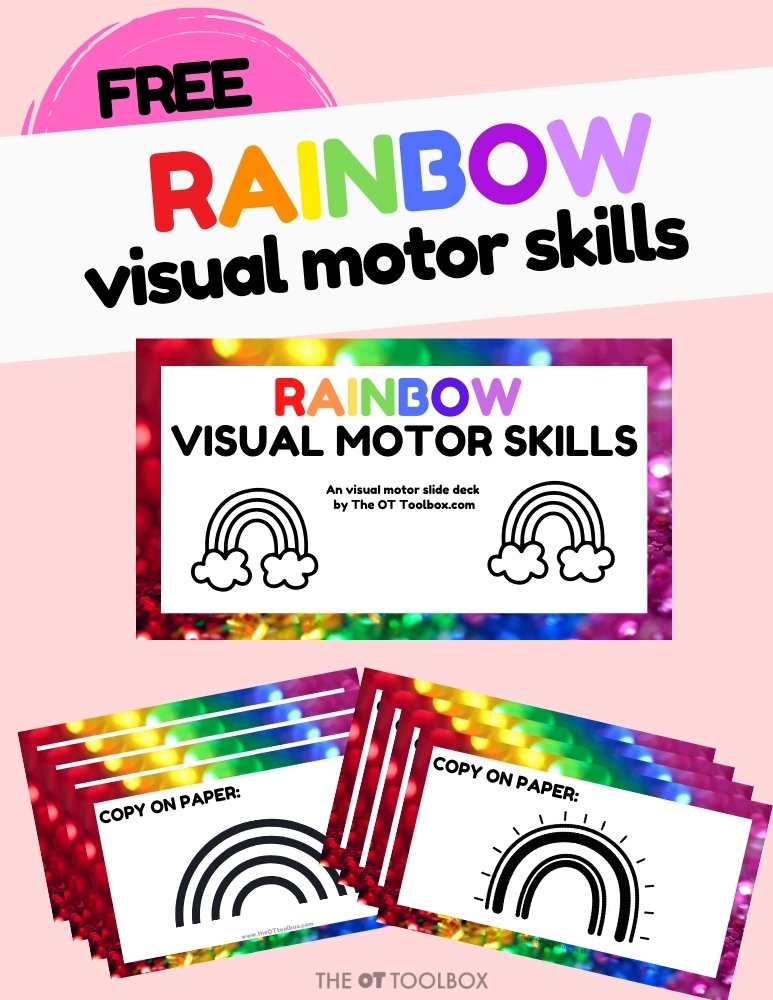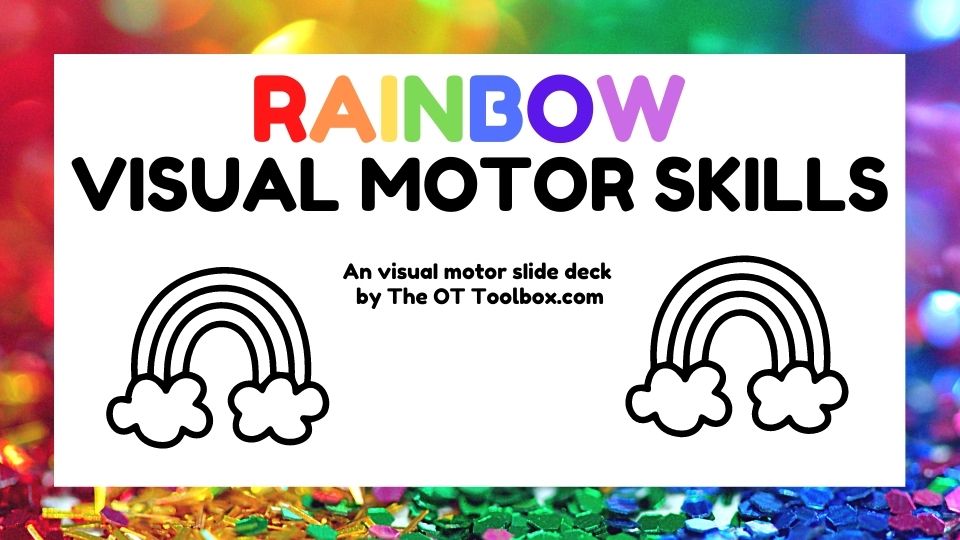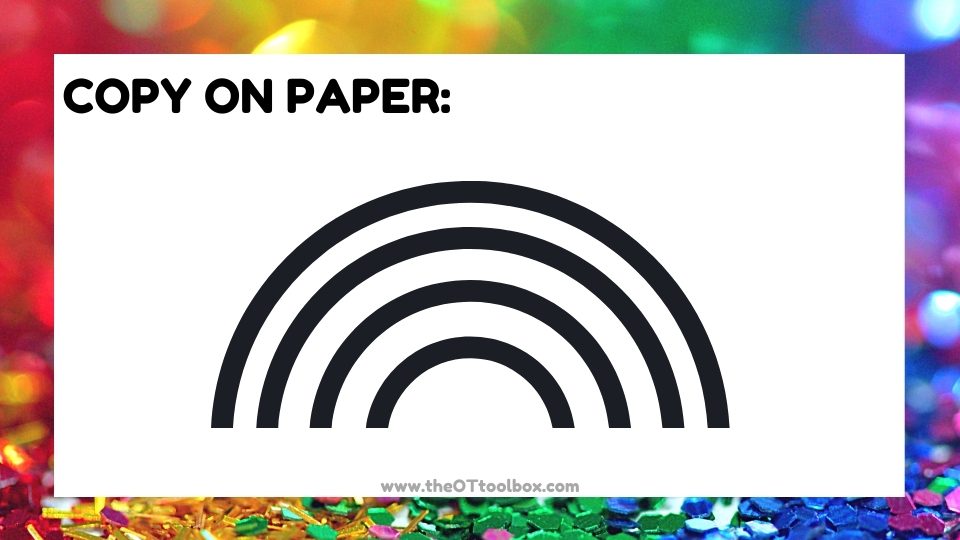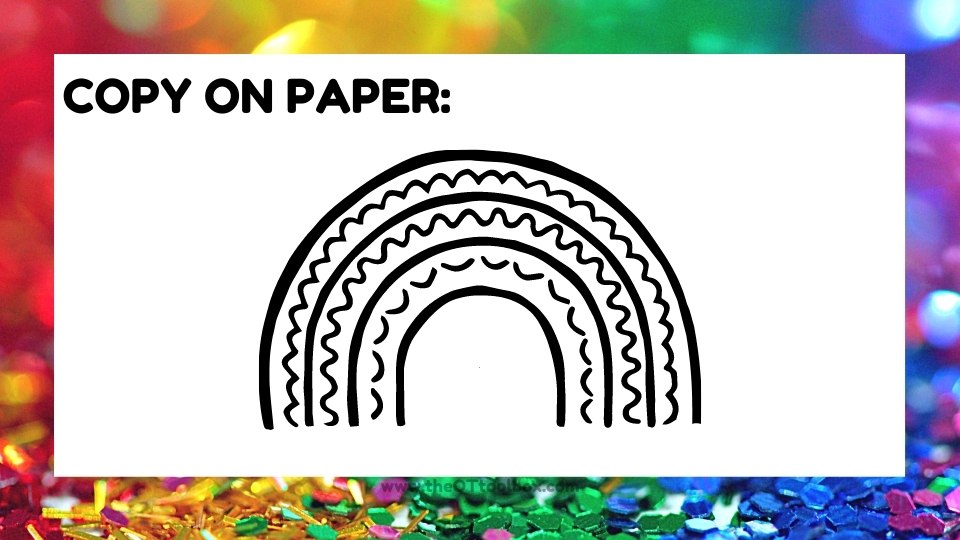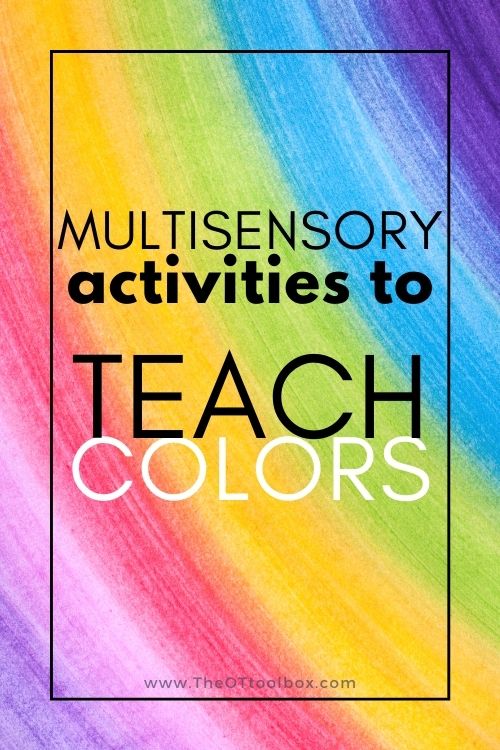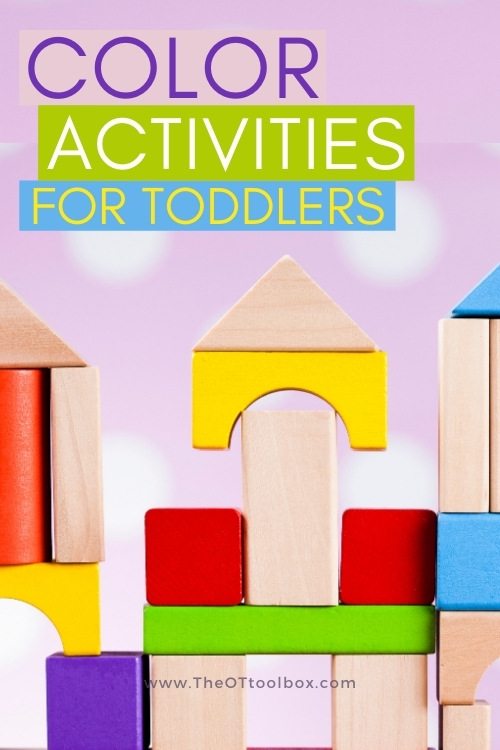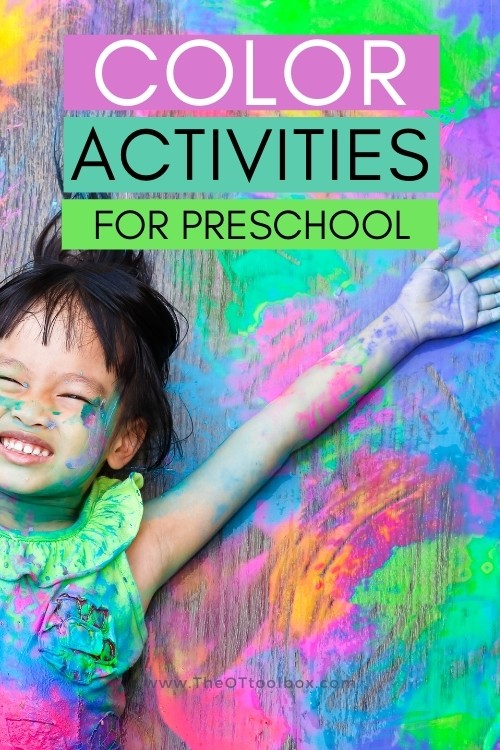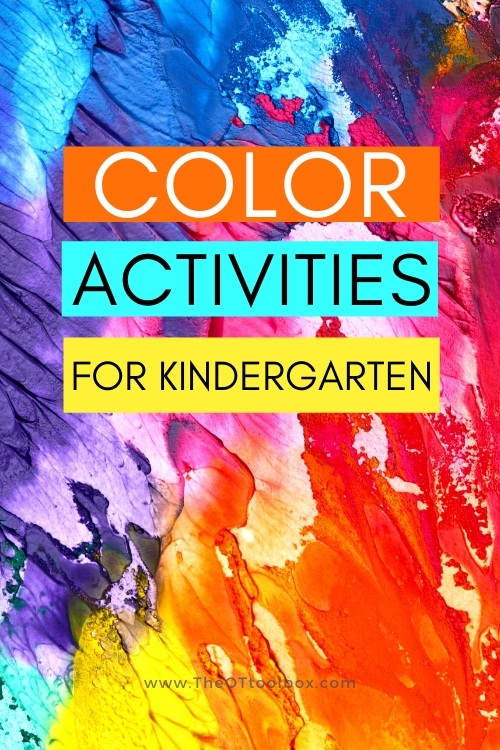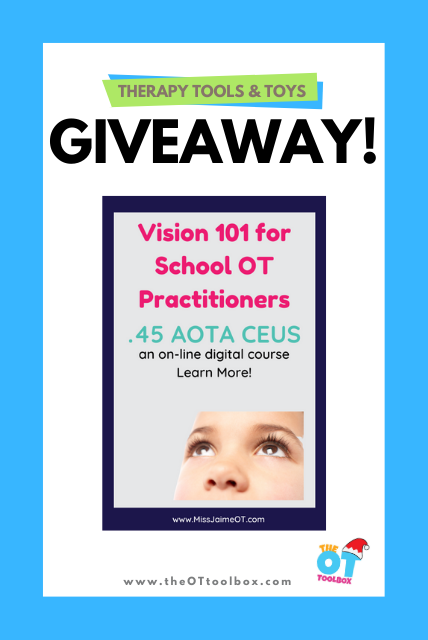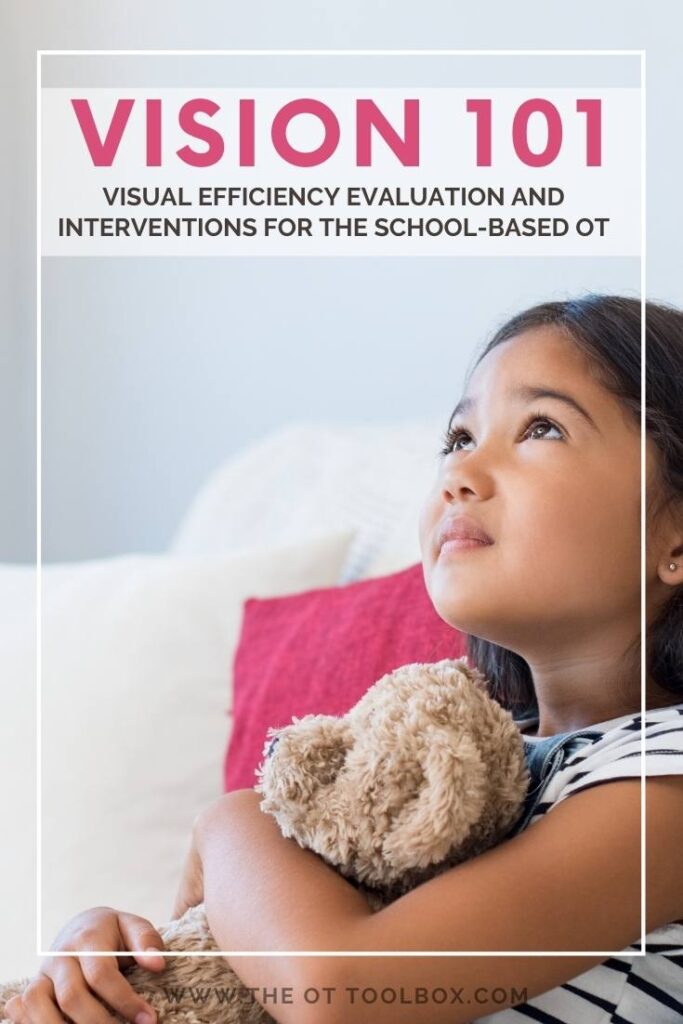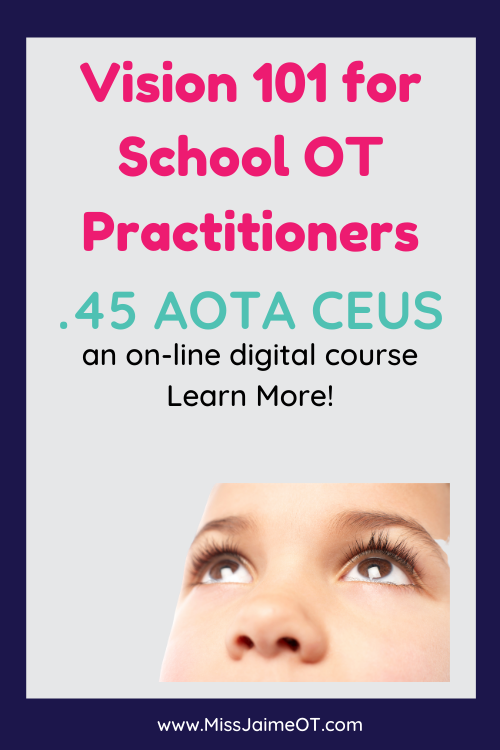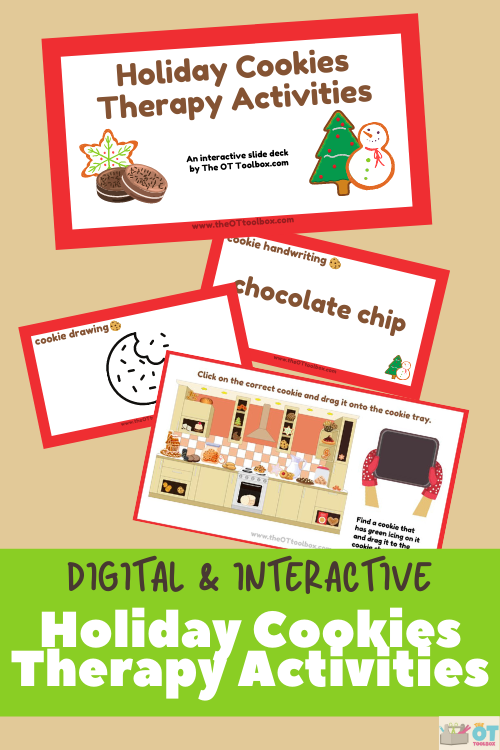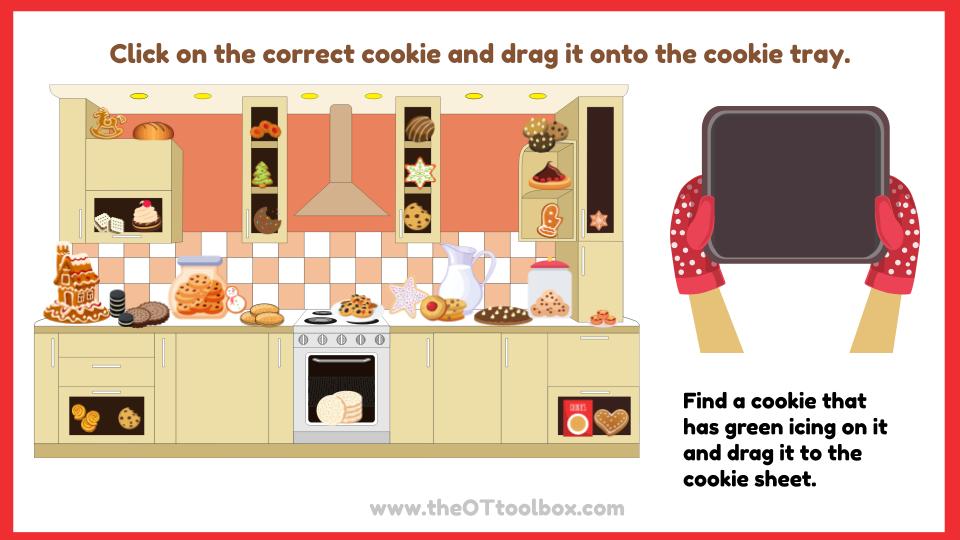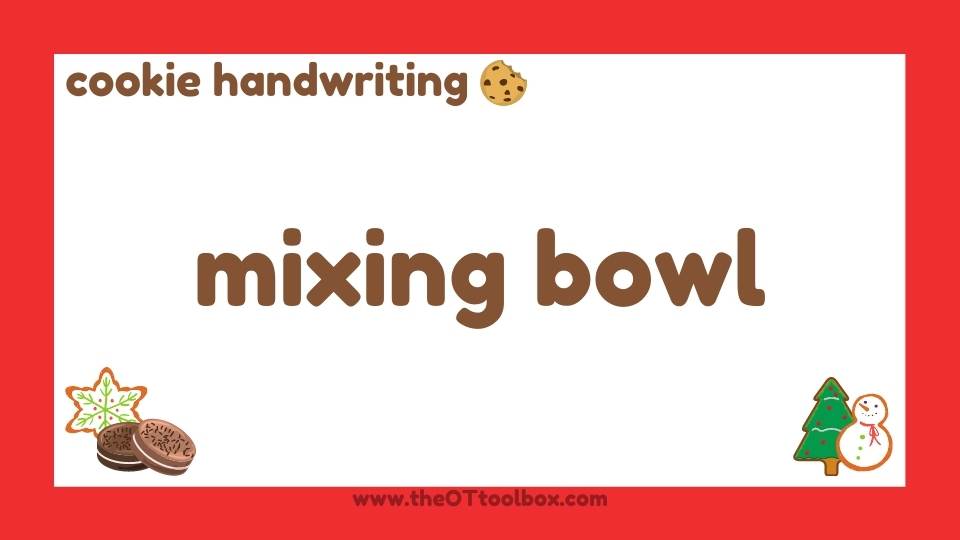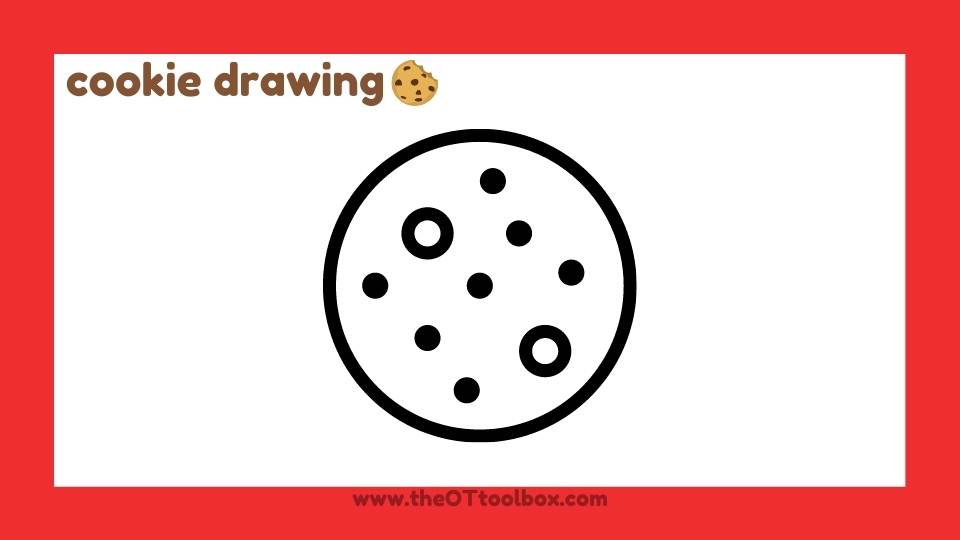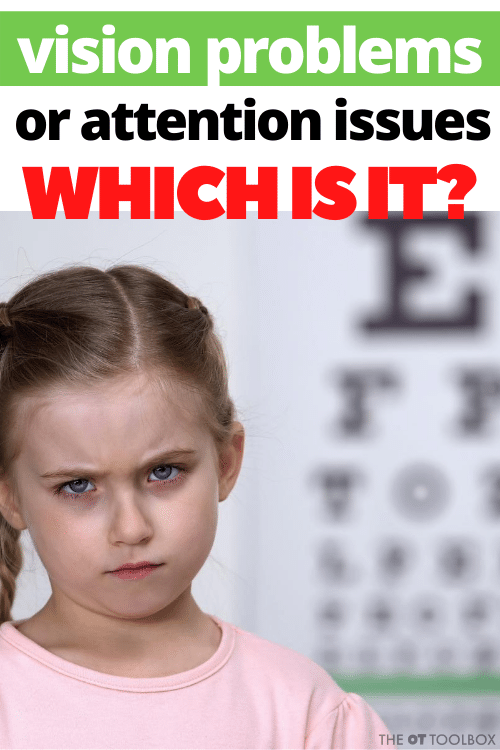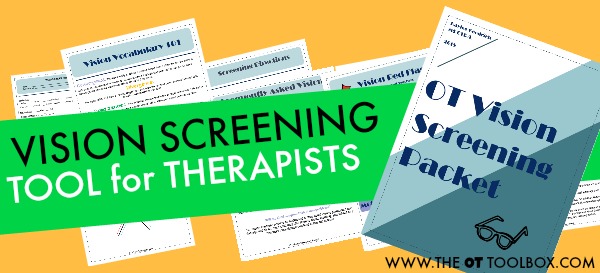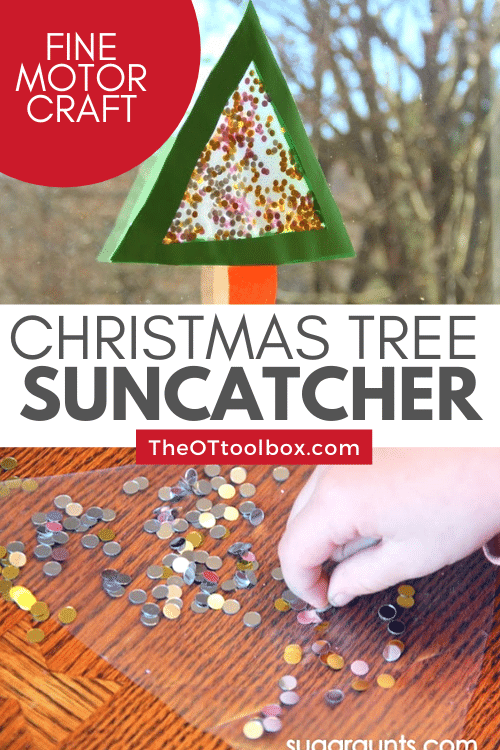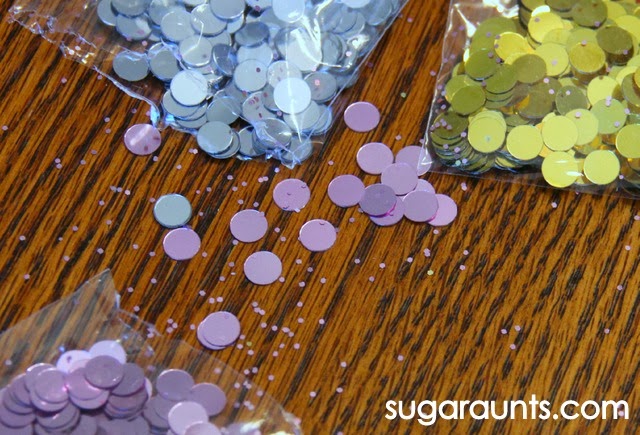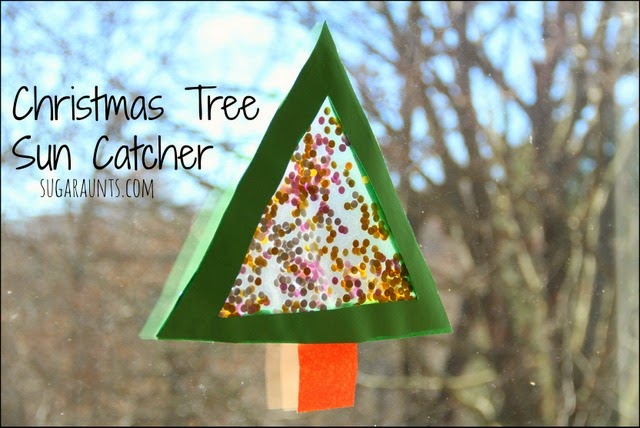This week’s occupational therapy theme is flowers and so today, I have a free flower visual motor therapy slide deck for you. In this free Google slide deck, you’ll find various aspects of visual motor skill work. With the official start of Spring, flowers are starting to pop up all over, so if the daffodils, lilies, and tulips make you smile, these visual motor flower activities are sure to brighten your therapy session!
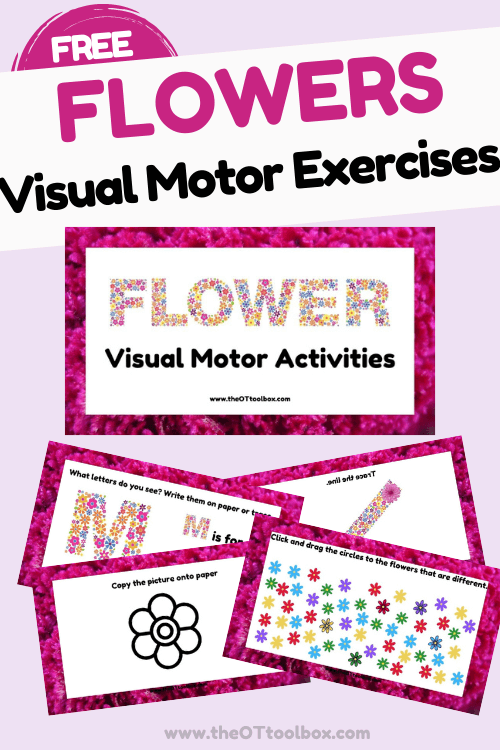
Flower visual motor therapy activities
If you are looking for Spring occupational therapy activities to help kids develop skills, this flower visual motor slide deck is it. Add this virtual therapy activity to some hands on flower activities and you’ve got a therapy plan for the week. It’s a great way to make a weekly occupational therapy plan and use the same activities again and again all week, saving yourself time and planning hours. Simply adjust each activity to meet the needs of each child on your therapy caseload to work on their specific goals.
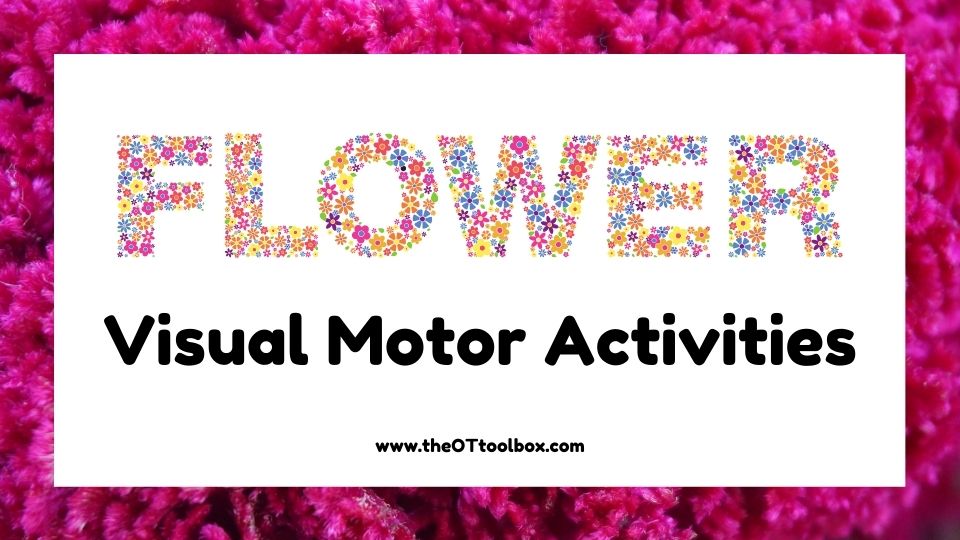
As you know, visual processing breaks down into smaller components that all work together to allow us to take in visual information, process that input, and complete motor operations so we can complete functional tasks. Visual motor skills include eye-hand coordination, visual perception, and visual skills like tracing, convergence, and other skill areas. All of these aspects of visual processing are important parts of performing day to day occupations.
That’s why I created this flower theme therapy slide deck that includes different vison exercises.
In the slide deck, you’ll find pre-writing line activities that ask the user to trace along the forms using a movable flower icon. This eye-hand coordination task requires visual tracking, visual attention, and motor integration with visual input.
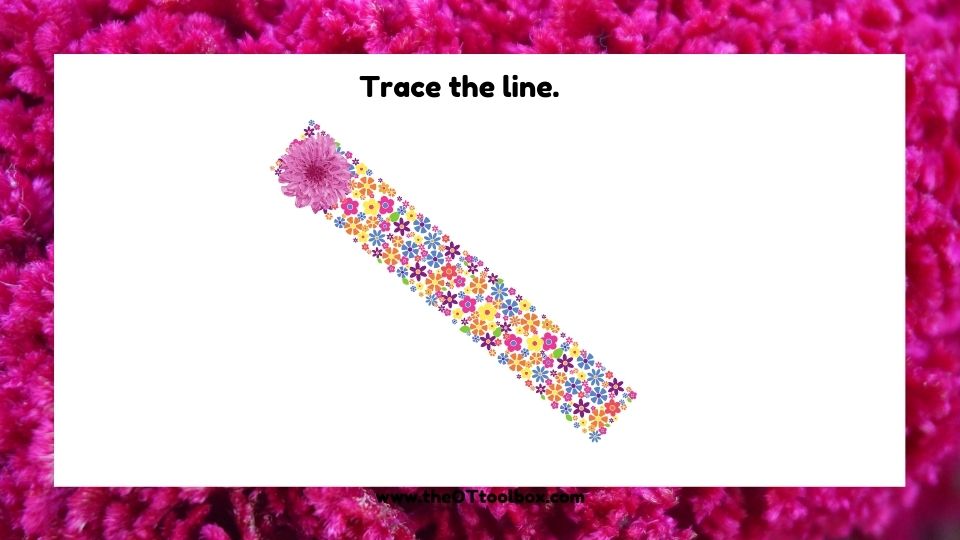
Also, the slide deck includes copying activities. Users can copy the simple and more complex flower forms as they challenge aspects of visual motor skills that are needed for handwriting and math tasks.
There is a handwriting portion as well. Kids can trace the letters on the slide deck using the movable flower piece. This makes the slide deck interactive, as they can work on mouse work, use of a stylus, or finger isolation to trace the flower along the letter. Then, the slide asks them to write words or phrases so they can incorporate handwriting work.
Then finally, the slide deck includes several visual perception activities. Kids can complete each slide, typing or writing out their responses as they work on skills like visual discrimination, form constancy, visual memory, figure-ground, etc. All of these visual perceptual skills play a role in visual motor tasks that we perform on a daily basis.
Free Flower Therapy Slide Deck
Want to add this free slide deck to your therapy toolbox? Use it in teletherapy sessions, home activities to work on visual motor skills and visual processing, and to make therapy planning easier!
Enter your email address into the form below to add this slide deck to your Google drive account.
NOTE- Due to an increase in security measures, many readers utilizing a work or school district email address have had difficulty accessing resources from the delivery email. Consider using a personal email address and forwarding the delivery email to your work account.
Spring Fine Motor Kit
Score Fine Motor Tools and resources and help kids build the skills they need to thrive!
Developing hand strength, dexterity, dexterity, precision skills, and eye-hand coordination skills that kids need for holding and writing with a pencil, coloring, and manipulating small objects in every day task doesn’t need to be difficult. The Spring Fine Motor Kit includes 100 pages of fine motor activities, worksheets, crafts, and more:
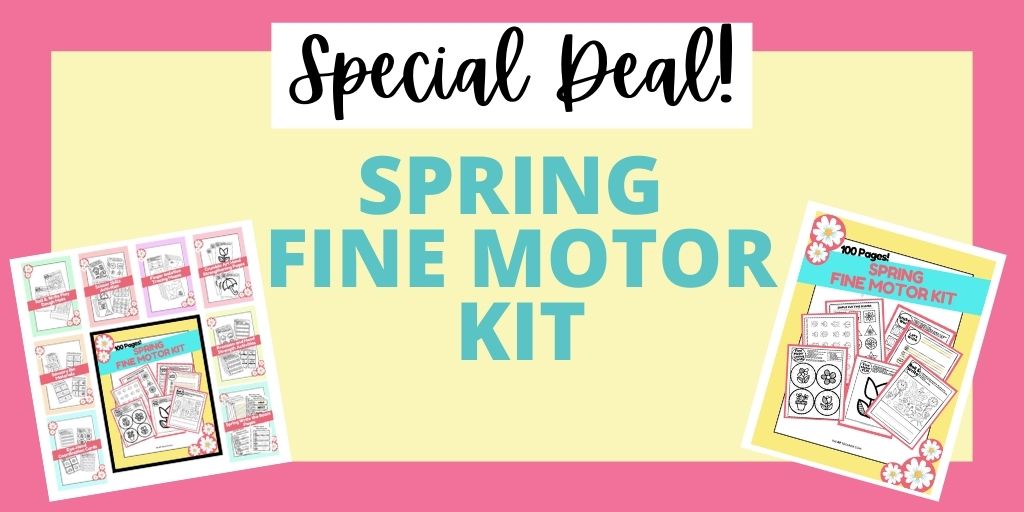
- Lacing cards
- Sensory bin cards
- Hole punch activities
- Pencil control worksheets
- Play dough mats
- Write the Room cards
- Modified paper
- Sticker activities
- MUCH MORE
Click here to add this resource set to your therapy toolbox.
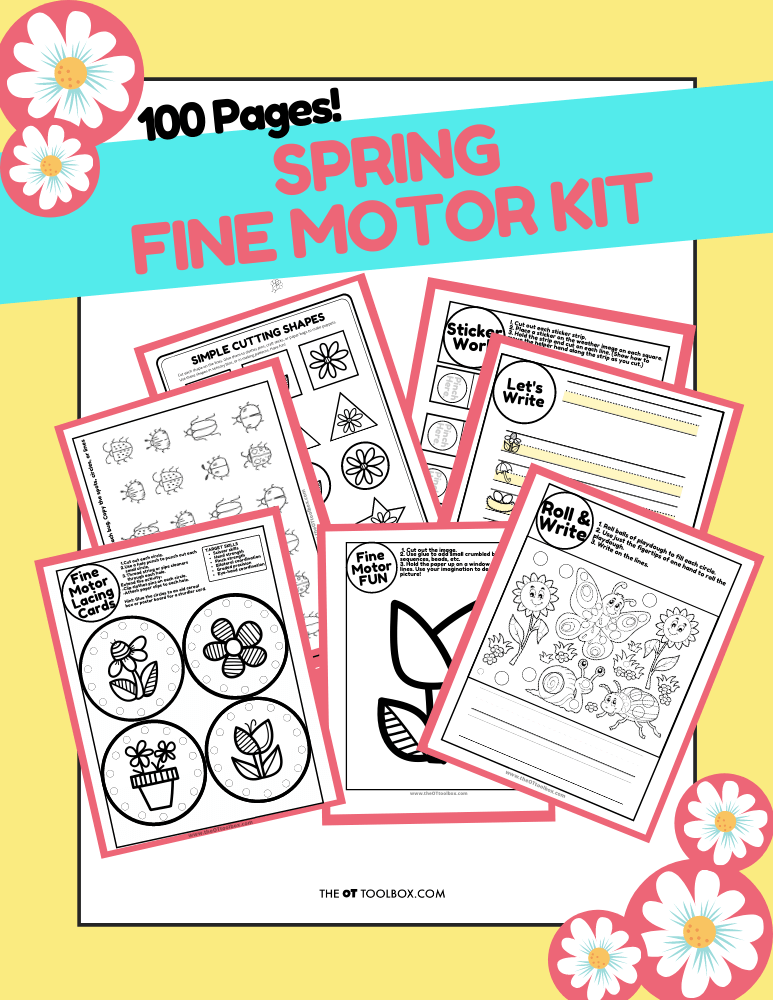
Grab your copy of the Spring Fine Motor Kit and build coordination, strength, and endurance in fun and creative activities. Click here to add this resource set to your therapy toolbox.

Colleen Beck, OTR/L has been an occupational therapist since 2000, working in school-based, hand therapy, outpatient peds, EI, and SNF. Colleen created The OT Toolbox to inspire therapists, teachers, and parents with easy and fun tools to help children thrive. Read her story about going from an OT making $3/hour (after paying for kids’ childcare) to a full-time OT resource creator for millions of readers. Want to collaborate? Send an email to contact@theottoolbox.com.


